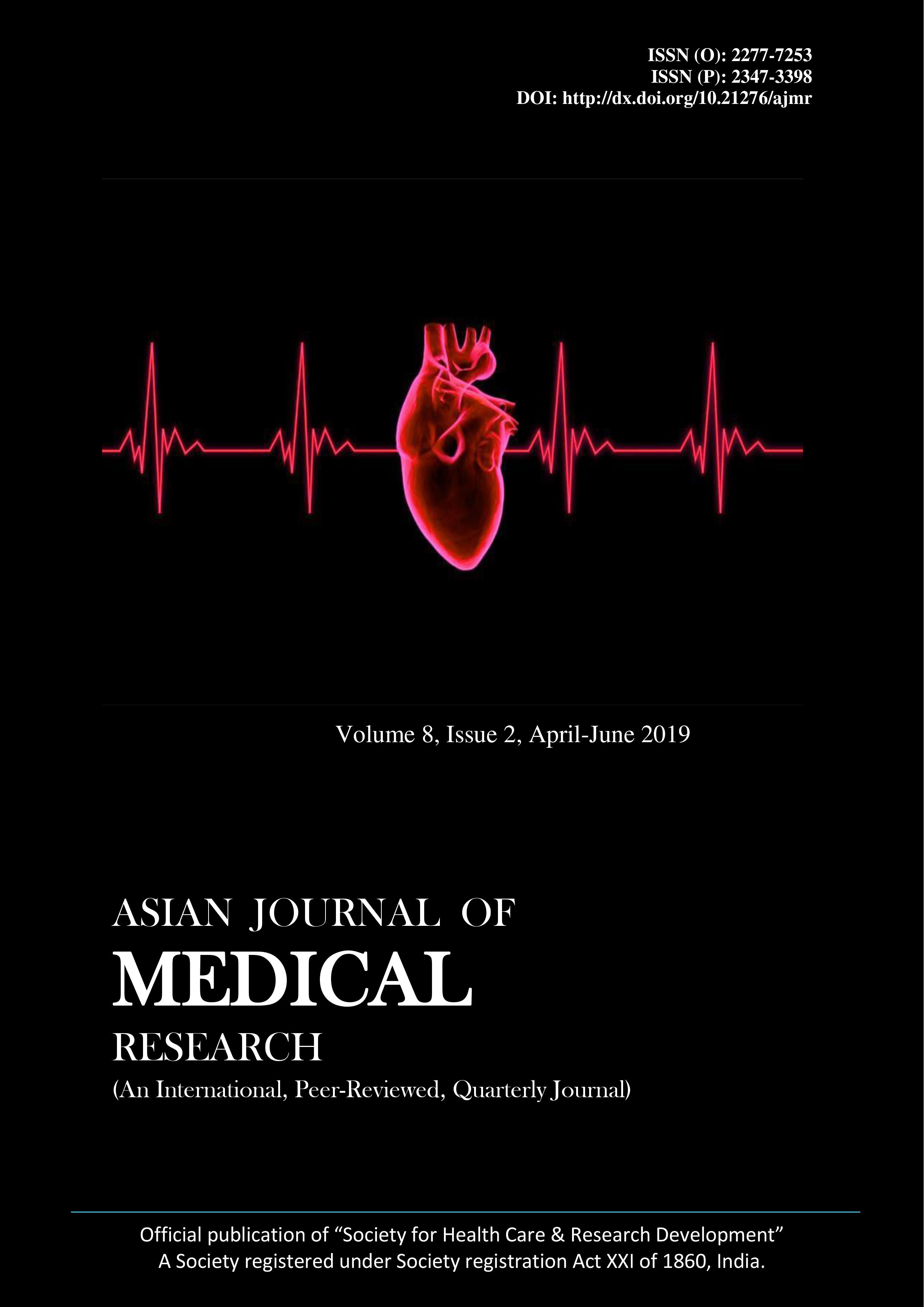Evaluation of Risk Factors and Changes in Liver Enzymes among the Patients with Antituberculosis Drug-Induced Hepatitis: A Teaching Hospital Based Study
Antituberculosis Drug-Induced Hepatitis
Abstract
Background: Tuberculosis remains a major global health problem despite the availability of highly efficacious treatment for decades. Subjects and Methods: Tuberculosis was diagnosed through bacteriological and histopathological methods. Bacteriological testing was based on three sputum samples or if the patient could not give the sample, three gastric aspiration samples were examined. The sputum were evaluated for Acid Fast Bacilli (AFB) by ZiehlNeelsen staining. Results: The patients with DIH, one patient were treated with five anti-TB drugs because of relapse or treatment failure; 47% had ALT, AST ? 6 times of ULN. These patients had loss of appetite (80%), icterus (20%), nausea (80%), vomiting (50%), malaise (45%), right upper quadrant tenderness (24%), and loss of consciousness (2%). Liver enzyme levels were normal after four to 30 days. Conclusion: The frequency of DIH in the current study was higher than those of other studies, similar to other reports, most of the TB cases in which hepatotoxicity developed occurred in the subjects above 51 years old and a lot of them occurred after the first month of treatment.






